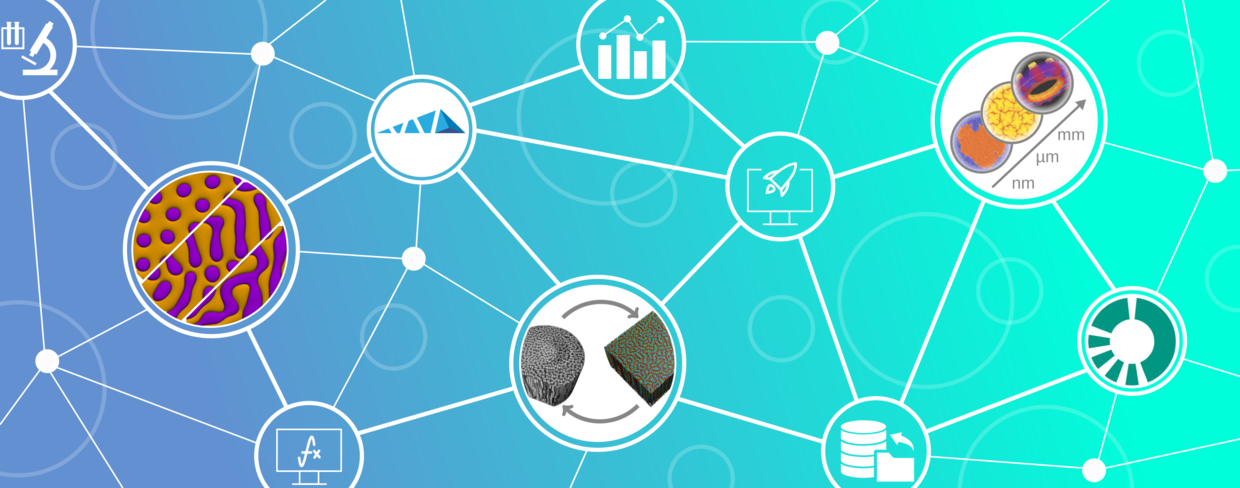Phase-field modeling: Analytics, benchmarks, and discussions

For an accelerated materials design, digital microstructures can be used, which exhibit the same
characteristics as experimentally measured microstructures, but are obtained through microstructure
modeling and simulation. This requires the application and development of advanced materials modeling
and simulation techniques. In particular, numerical methods based on the phase-field method have become
indispensable and extremely versatile tools in materials science, microstructure mechanics, and physics.
The method typically operates at the mesoscopic length scale and provides important information about
morphological changes in materials by mapping interfacial motions of physically separated regions. It
provides a numerically highly efficient treatment of the moving interfaces, as no explicit tracking of the
interfaces is necessary. Thus, the phase-field method is widely established for modeling microstructural
evolution processes, such as solidification, solid-solid phase transition, growth and coarsening of
precipitations, grain growth and martensitic phase transformation. An outstanding feature of the phase-
field method is the ability to consider different physical driving forces for interfacial motion due to
diffusive, electrochemical, thermomechanical, etc. processes. In addition, large-scale numerical
simulations can be performed by numerically solving the coupled multiphysics differential equations on
high performance clusters. Due to this versatility, phase-field methods, used in a wide range of fields in
materials science and physics, are constantly under development. The main objectives of this WCCM
symposium are to establish cross-community standards for phase field modeling by
- Highlighting current issues, emerging applications, and outstanding perspectives in phase field modeling
- Identifying methodological commonalities among different phase field communities
- Discussing analytical challenges of phase field modeling in a transparent manner
- Establishing benchmarks for the verification of models and implementations

